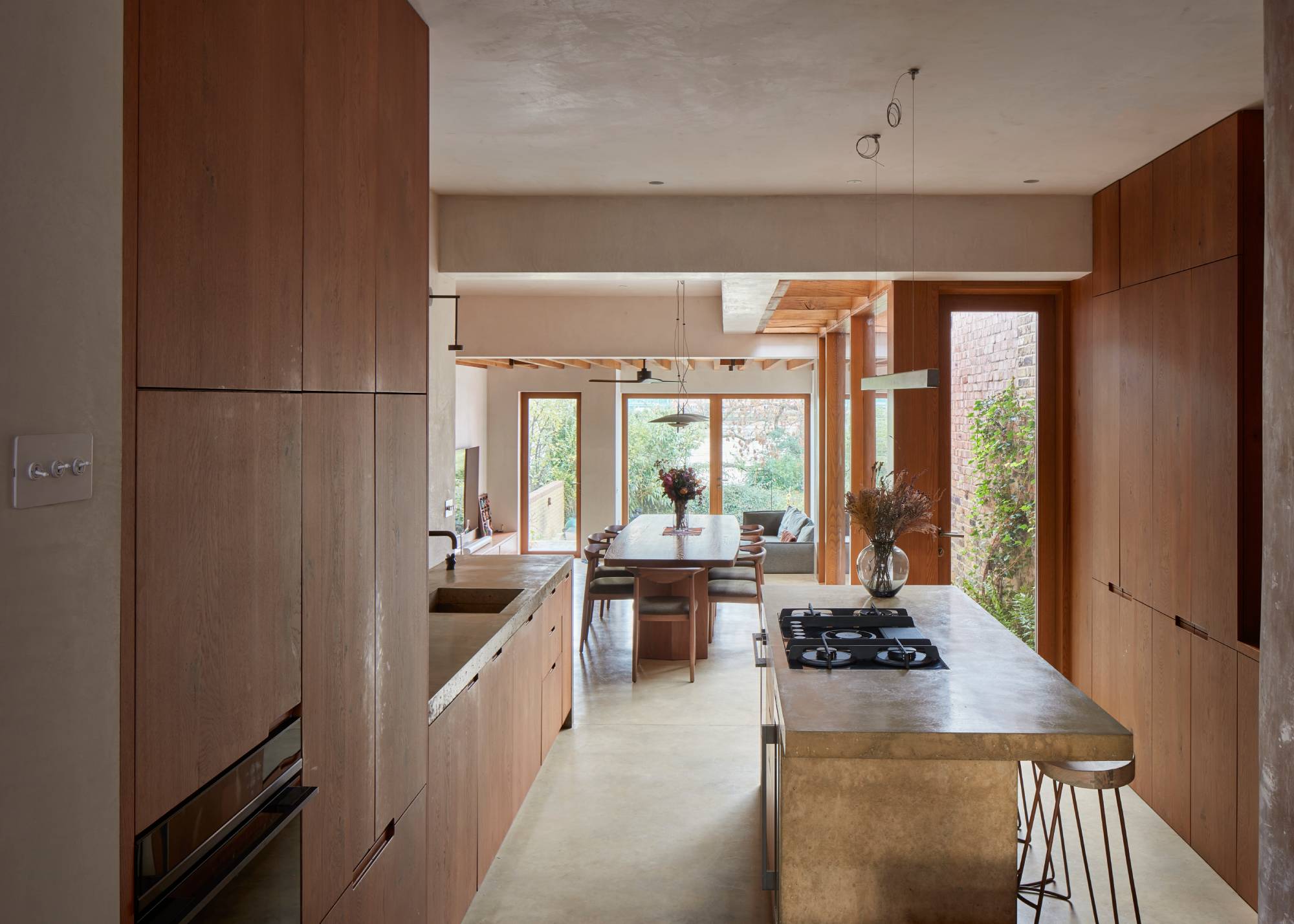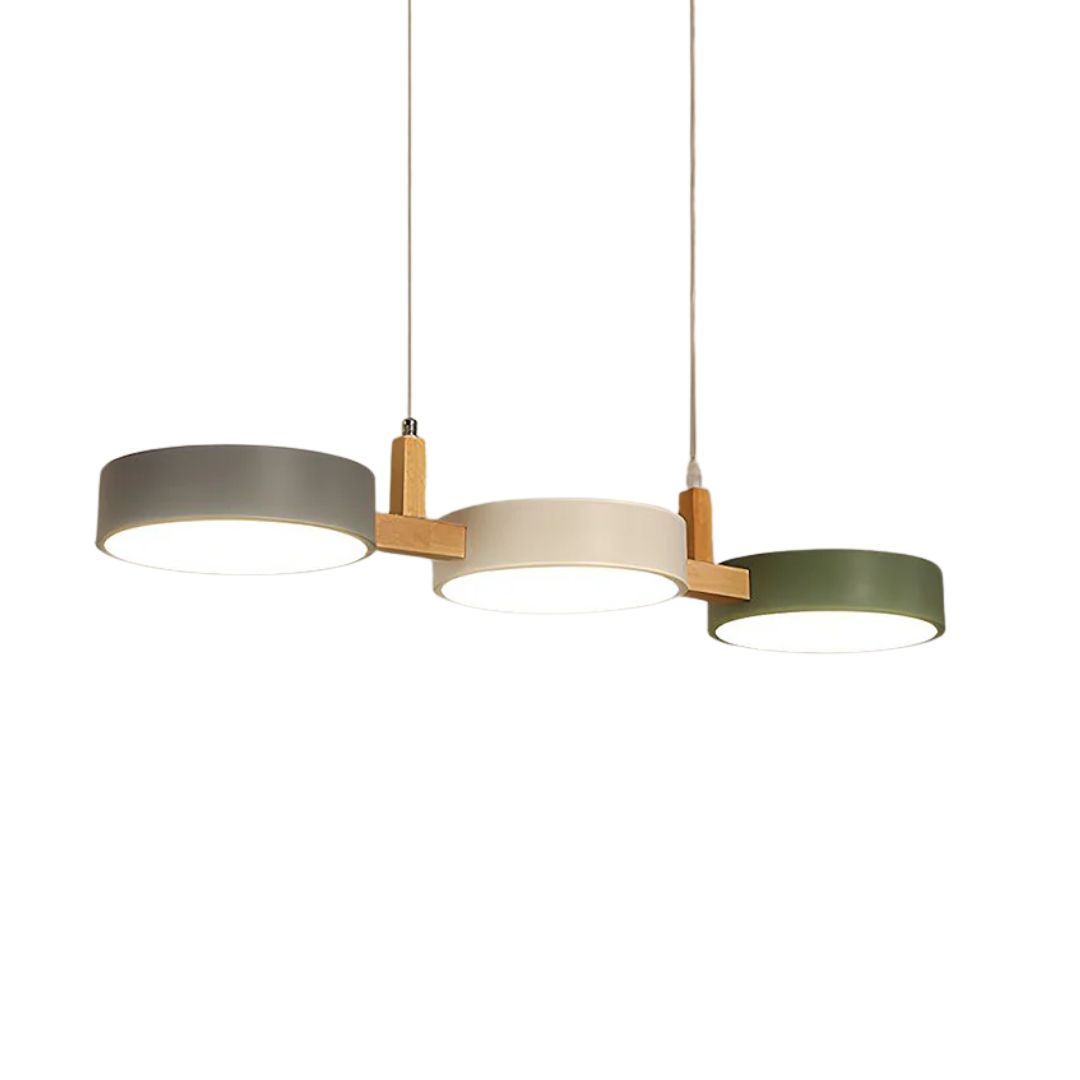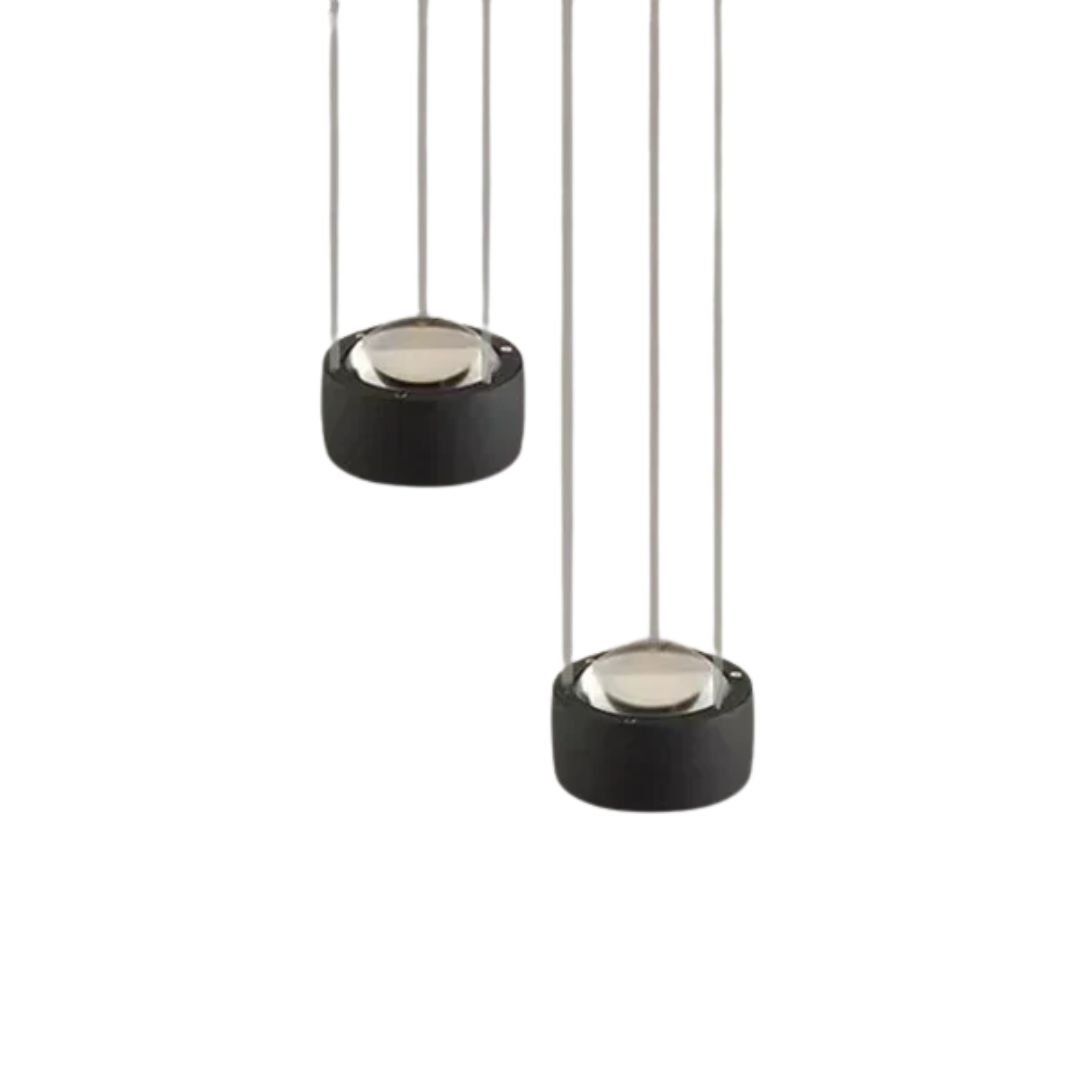How Much Extra Will a Kitchen Island Cost Your Remodel? Starting Prices, and the Factors That Stretch the Budget
Budget for the centerpiece of your kitchen with advice from kitchen design experts on size, style, materials, and appliances


A kitchen island is a delight to include in any new kitchen — they provide extra storage, workspace, and even help to break up the traditional kitchen triangle with a more flexible flow.
Although they require a certain amount of space, many kitchen island ideas are considered to be a better use of storage and budget than wall units in a completely fitted kitchen, as they’re easily accessed, provide full-depth units, and can house appliances.
So, if you’re renovating your old kitchen with new units, work surfaces, and appliances, is it worth investigating if your budget can stretch to an island? Below, kitchen design experts detail what to include in an island worth the money, and how much it will cost.
What Is the Cost of a Kitchen Island in 2025?

When budgeting for your kitchen island, you’ll need to think about the elements that will increase costs. Naturally, a small butcher’s block will cost less than a large multi-unit multi-appliance design with a breakfast bar.
"The cost of a kitchen island depends on several variables such as the size, materials, level of customisation, and whether it includes appliances or plumbing,” says Richard Davonport, founder of Devonport Kitchens. “As a general rule, a simple freestanding island might start around £3,000, whereas a bespoke, fully integrated design with hand-built cabinetry, premium worktops, and fitted appliances can range anywhere from £10,000 to £20,000 or more (this is typically for kitchens of £100,000+).
“Materials are a key factor in both cost and character. A painted timber island with a quartz or marble worktop will naturally sit at a different price point to one made from a laminate or veneer. We often use contrasting materials or colors to make the island feel like a standalone piece of furniture.”
“For most homes, the island is a real workhorse, so opting for a countertop material that is durable, hardworking, and easy to maintain is key to a carefree home,” adds Alex Main, founder of The Main Company. “Natural stone such as granite or marble is renowned for its natural beauty and resistant qualities, making it an excellent choice for kitchens. Concrete and quartz have gained popularity thanks to their sleek and modern look, plus both are highly resistant to heat and scratches. A wood worktop is a timeless and more affordable choice, and with reclaimed engineered wood, you are choosing a unique material that is not only sustainable but is also durable, warm, and easy to maintain."
The Livingetc newsletters are your inside source for what’s shaping interiors now - and what’s next. Discover trend forecasts, smart style ideas, and curated shopping inspiration that brings design to life. Subscribe today and stay ahead of the curve.
Alex continues: “In addition to valuable countertop space, an island can provide ample storage. Large cupboards or pan drawers within a central island are extremely useful for storing bulky and heavy items or those used most frequently for cooking and food preparation. They are also a popular choice for housing appliances such as dishwashers or wine fridges. They also provide a great base for personal touches such as open shelving, whether this is just on one side or spread across the whole island, allowing for the display of cookbooks and other decorative pieces.”
How Much Will a Budget Kitchen Island?

The beloved kitchen island, which we all find so useful, originated from large farmhouse tables placed in the center of kitchens. They wouldn’t just be used for dining, but also for food preparation.
One cost-efficient way to gain an island would be to invest in a durable table that can be transformed into an island when needed. However, this would lack storage and would need a rather large space. An alternative would be to find something ‘off-the-shelf’ that suits your space. IKEA and other in-store kitchen designers offer some great choices, or many people sell their old kitchens on online marketplaces. There are also a multitude of ways to make a small kitchen island look more expensive.
Expect around £500 to £1,500 for a non-bespoke timber or steel island that can be assembled in place.
What Is the Cost of Adding Appliances to an Island?

One factor that will hugely raise the cost of installing a kitchen island, no matter the size, is if you include any kind of kitchen appliance that requires water, gas, or electricity. You will need to include labor costs to route these utilities to the middle of the room, as well as the cost of making good and a new floor.
“Including fixtures, such as a sink or hob on an island, or built-in appliances like wine coolers and fridge drawers, increases the investment, not just in terms of the products themselves but in the infrastructure required to support them, such as electrics, plumbing, extraction, and ventilation,” explained Richard Davonport. “These are integrated elements that need to be planned from the outset. However, it doesn’t cost that much more to add a sink or hob, it is more around the support listed above; we’d just simply design a slightly different style cabinet, which may add an additional cost of around £400.”
What to Consider Before Adding an Island?

Kitchen islands are notoriously difficult to get 100% correct, as they need to be thoroughly planned and considered before work begins. Any changes further down the line will escalate costs massively. Which is why you need to consider the following to avoid any of those kitchen island mistakes:
1. Size and Location
"It’s important to ensure it is the right size, shape, and position. Whether a traditional galley island, a peninsula island, a free-standing furniture-style island, or something bespoke, opt for the style which is right for you and allows the rest of your kitchen to flow around it. For example, a peninsula island is ideal for smaller spaces as it doesn’t require the space that a galley island does, but it still provides plenty of room for storage and seating. A freestanding island that looks like an individual piece of furniture is also a great option for smaller kitchens, especially if it is movable,” says Alex Main.
“When positioning the island, ensuring enough space to move and work around it is key. Allow between 1 and 1.2 meters to move easily around it and take into consideration your cabinets,” he continues. “Ensure that cupboard doors and drawers aren’t obstructing doors on the other side of the island when open. The same rule applies for seating; as not all stools tuck in, consider the space around them when in use and not in use.”
2. Ventilation
If you’re including a stove or hob on your kitchen island, you will also need to install a suitable extraction method either directly above the island space, or using a downdraft extractor, which is integrated into the island and pulls smells and steam down from cooking zones.
Lighting
Kitchen island lighting should be well-lit, just like any other workspace. Downlights are great for creating good ambient lighting, but make sure they’re not positioned so that you block the light when standing at the work surface. Dramatic pendant lighting is also a firm favourite here, as the right style can transform the island from another unit to a focus point.
FAQs
Does a Kitchen Island Add Value to Your Home?
“From a property perspective, a well-designed island adds both visual appeal and practical function, which can absolutely increase the value of a home,” says Richard Davonport. “Buyers are drawn to kitchens that feel well thought-out, and islands provide a central hub for cooking, dining, and entertaining. In open-plan spaces especially, they create a natural flow between zones while giving the kitchen a focal point. But a kitchen island should only be added if space allows, including the flow and movement of people needed to use the kitchen successfully.”
If you're not married to a kitchen island, take a look at these kitchen layout ideas to pin down which style would maximize your space and this guide to remodeling your kitchen so nothing gets missed when you replace your current units.

Amy is a freelance interiors and renovation journalist with almost a decade of experience in the industry. Previously Assistant Editor of Living etc.'s sister brand Homebuilding & Renovating and Editor for Independent Advisor, she has vast experience writing about home improvement, interior design, landscaping and more. She has written and edited for Homes & Gardens, Ideal Home, Real Homes, Kitchens, Bedrooms and Bathrooms and Federation of Master Builders. Amy is also an experienced renovator, having completed a budget renovation of a mid-century property on a DIY basis (including fitting her own kitchen and bathrooms). She is currently renovating an 1800s cottage in Somerset to make it energy-efficient, light-filled and ready for modern living.


